With the sun setting on the heat of summer, the arrival of fall offers the chance to get in touch with nature. A family camping trip is an ideal way to spend an autumn weekend, but without the proper equipment packed, you may be up the creek without a paddle. Tarps are just one of many supplies you’ll need on hand to ensure that your fall camping excursion goes off without a hitch – along with some surefire tips that will save you any stress.
Tents, Tents, Tents Across the Board

The first step to a successful camping trip is making sure that you’re pitching your tent in the perfect spot. Secure a location that offers both ample tree coverage and level ground to guarantee that you will be safe from the elements throughout your trip.
Hanging tarps above your tent gives you an extra layer of protection from rain that may make its way past the tree coverage. After all, the last thing you want to have to deal with is desperately trying to protect your campsite from a heavy rainstorm in the middle of the night.
Finding the right tarps to properly protect your tent is relatively simple. Be on the lookout for heavy duty, waterproof options which will withstand any heavy winds or rain that might come your campsite’s way.
PVC backed polyester is ideal material for weather protection. When hanging your weatherproof tarps, be sure to do so at an angle that prevents water buildup and allows water and rain to fall to the ground away from your tent instead of collecting on your tarp.
Hammock Happy || Happy As A Ham(mock)

If you’re wanting to lighten the load you’re packing for this particular trip, consider leaving the tent at home and opting for a hammock camping weekend. Hammocks are comfortable, lightweight, and provide a unique camping experience you and your family won’t likely soon forget.
While an abundance of trees and sturdy straps are technically all you need for hammock camping, there are some extra supplies that can be used to make your experience even more enjoyable.
Sleeping bags with high temperature ratings will ensure that you stay warm and cozy all night long, while a tarp hung overhead prevents any rain or leaves from falling on you while you get some shut-eye under the stars.
And because of the cooler autumn temperatures, it’s a good idea to layer up before tucking in; camping experts recommend a synthetic base layer followed by a wind layer, a microfleece insulation layer, and finally a hard shell waterproof jacket.
Stay Grounded
Tarps are invaluable thanks to their versatile nature, and this is especially true when it comes to camping. These multipurpose mavericks can not only provide weather protection from above, they can keep you and your family comfortable from below as well. If you’ve ever slept in a tent with no ground padding, you know firsthand how much of a difference an insulated tarp can make in getting a good night’s rest.
After clearing the area of rocks, pebbles, and other debris, lay an insulated tarp underneath your tent before pitching. It helps to even out the ground, gives you a solid base for your tent, and will protect the tent floor from any punctures or holes while also adding a little cushion. Custom tarps can be used inside the tent as well for another level of comfort underneath your sleeping bag or mattress pad. After a long day in the great outdoors, comfort is essential for rest and rejuvenation.
Glamp Things Up

If roughing it up in a tent isn’t you and your family’s cup of tea, there’s still a number of options available for you to utilize as a camping shelter. Recreational vehicles are wildly popular among families and couples who are looking to get away from it all without having to sacrifice amenities. And whether you rent an RV or hook up a camping trailer, you’re sure to enjoy your glamping getaway.
Since you won’t be spending your entire trip inside your vehicle, setting up a basecamp is key for staying entertained on your trip. A makeshift awning can be rigged up with the help of custom tarps to provide protection from the afternoon sun just as well as your roller shades at home do. Add some camping chairs, string lights, and a cooking area and you’ll have a bonafide home away from home on your hands.
If you’re planning on bringing along a portable grill for some campsite cookouts, it’s important that you keep it safe from the wear and tear of camp life. To save yourself the hassle of moving it in and out of the RV, custom covers can be used to protect your grill while outside and not in use.
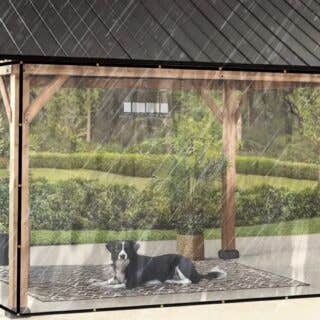


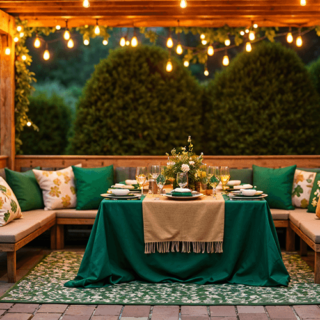


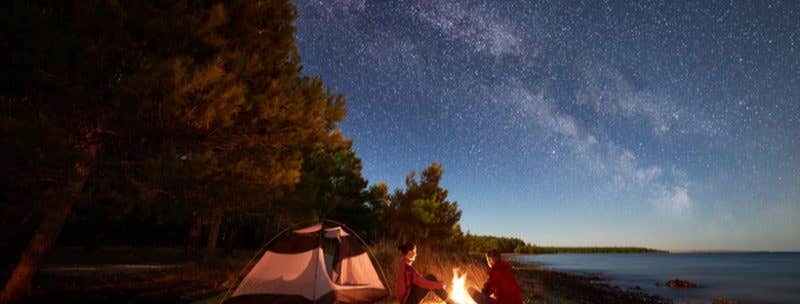


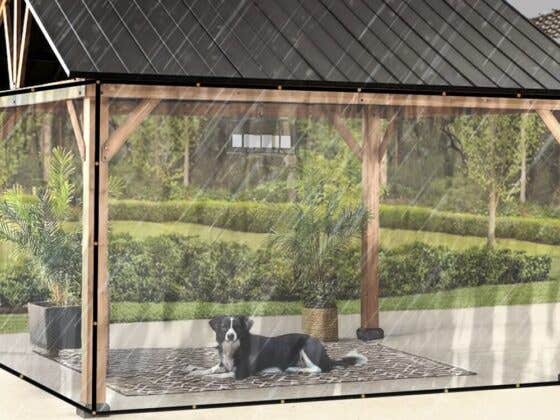

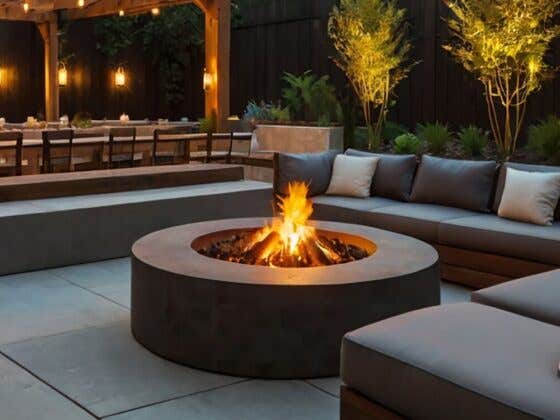



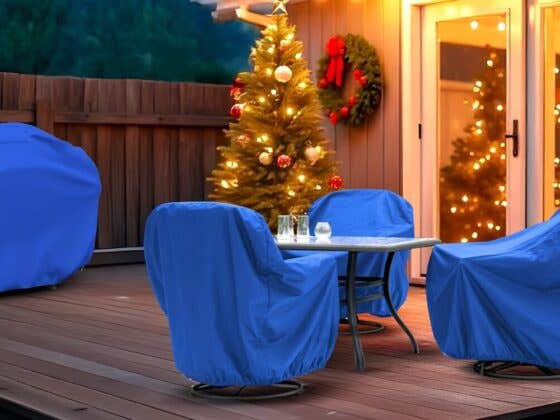

Recent Comments